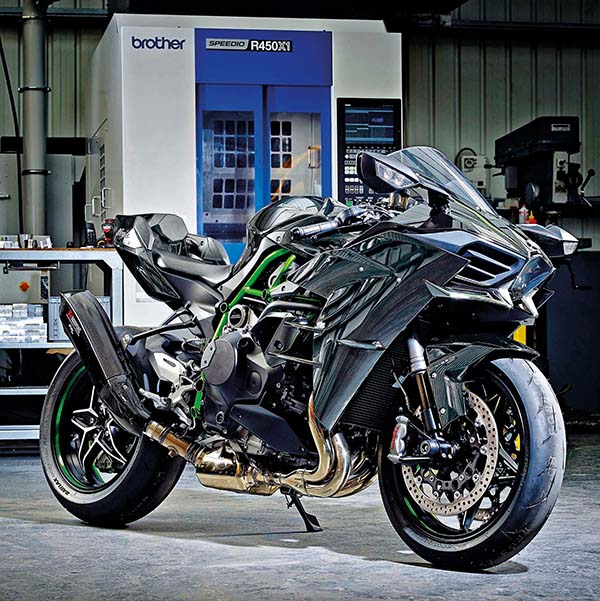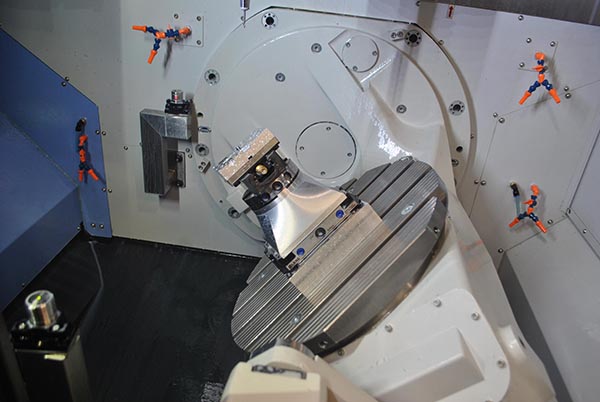
The KASTOlogic warehouse management system (WMS) and the KASTOlogic mobile intelligent app – two software solutions from industrial warehouse system manufacturer Kasto – are helping to streamline the operation of automated and manual storage areas at Schwarzwald-Eisenhandel GmbH & Co.KG (SchwarzwaldEisen). These advanced software solutions are allowing the steel stockholder to accelerate its processes, minimise error rate and track orders seamlessly.
SchwarzwaldEisen has become a leading steel distributor in the Baden-Württemberg state of southwest Germany, delivering approximately 120,000 tonnes of material per year. This fourth-generation, family-run company dates back to 1870. Since 1966, the headquarters has been located in Lahr and the company has since opened other facilities in Freiburg im Breisgau, Bad Säckingen and Karlsruhe. There are also subsidiaries at Rhineland-Palatinate in Germany, as well as in Switzerland.
Dr Steffen Marco Auer, who is joint managing director together with his brother Ingo Auer and Alexander Hatt, says: “We focus on organic growth and running a decentralised organisation. Instead of operating one major facility, we have several regional sites that are close to the customer, enabling fast and flexible deliveries. Efficient communication between the individual locations and well-organised logistics are essential for such an operation. That is why we structure all subsidiaries according to a similar principle and utilise proven and standardised technologies and processes across the sites.”

SchwarzwaldEisen uses Kasto as its preferred supplier of storage systems. For about eight years, an automated storage system from the UNICOMPACT 3.0 series has been providing the quick and efficient storage and retrieval of solid bar, tube and section up to 6 m in length at the company’s Lahr facility. The stockholder offers a range of materials consisting of around 10,000 products, mainly construction steel, stainless steel and aluminium.
Around 70-80% of orders for steel section are semi-processed to customers’ specifications using machine tools in Freiburg. For long stock, the Kasto system supplies material to two removal stations via an operating gantry crane offering short access times based on a material-to-operator principle. Sheet material is stored in a separate, manually operated area.
Auer outlines the challenges: “Our customers expect us to provide fast, error-free and trackable deliveries. To ensure this, we depend on a simple, clear and reliable control system for our entire material flow.”
SchwarzwaldEisen uses the eNVenta inventory management system (IMS) across all of its sites. The storage system in Lahr links to it via an interface created specifically for the purpose, as is the case for two other automated Kasto storage systems at Karlsruhe and Westerwald in Rhineland-Palatinate. This system ensures standardised order management and a high level of inventory transparency. The IMS transfers order data electronically to the KASTOlogic WMS, which in turn triggers the call up of required materials at the respective site. It is possible to track all processes seamlessly, virtually eliminating operational errors.

“In the past, our manually operated metal sheet warehouses required paper-based management,” says Auer. “It was not always easy to locate the required material in the long rows of shelves. Due to the broad product range, staff sometimes removed the wrong sheets or incorrect quantities and the customer did not always receive what was ordered.”
To integrate these storage areas into the intelligent electronic control system, Kasto engineers assessed the problem and developed a solution to display all storage areas in a standardised and consistent control format. One of the tools used was KASTOlogic mobile, a platform-independent, mobile version of KASTOlogic. This software makes it possible to use the essential functions of the WMS on mobile devices such as tablets and smartphones, independently from the UNICOMPACT’s operator panels.
The mobile facility is able to manage the UNICOMPACT automated storage system for long stock and, just as easily and flexibly, the manually operated metal sheet storage area. Warehouse staff have access to order and product data at any time. When removing sheets, the system directs the operator to the respective storage location and specifies the required quantity.

Each shelf has QR and bar codes. When an operator scans one with the mobile device, he or she receives confirmation of the material’s removal and a replenishment order is triggered if inventory is running low. All information is available both in the WMS and IMS via customised interfaces. The software system is scalable to include other sites as required.
Both the storage system and the control system can be serviced remotely. Kasto is able to access the software and clear malfunctions quickly and easily at any time. If necessary, a service engineer can be on-site from the supplier’s Achern headquarters at short notice.

“The concept is impressive in every aspect and we want to implement it at our other locations to help us become even more efficient across all of our sites,” concludes Auer. “If an ordered product is not in stock at a specific facility, it can be found in the system quickly and delivered from another site.”
For further information
www.kasto.com

































